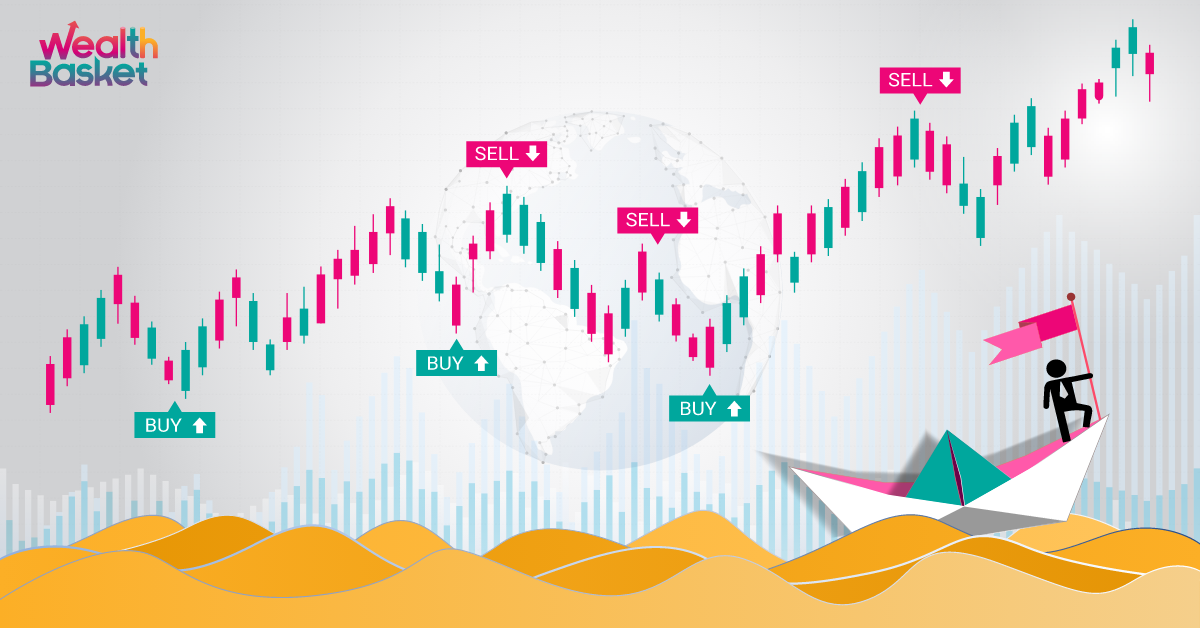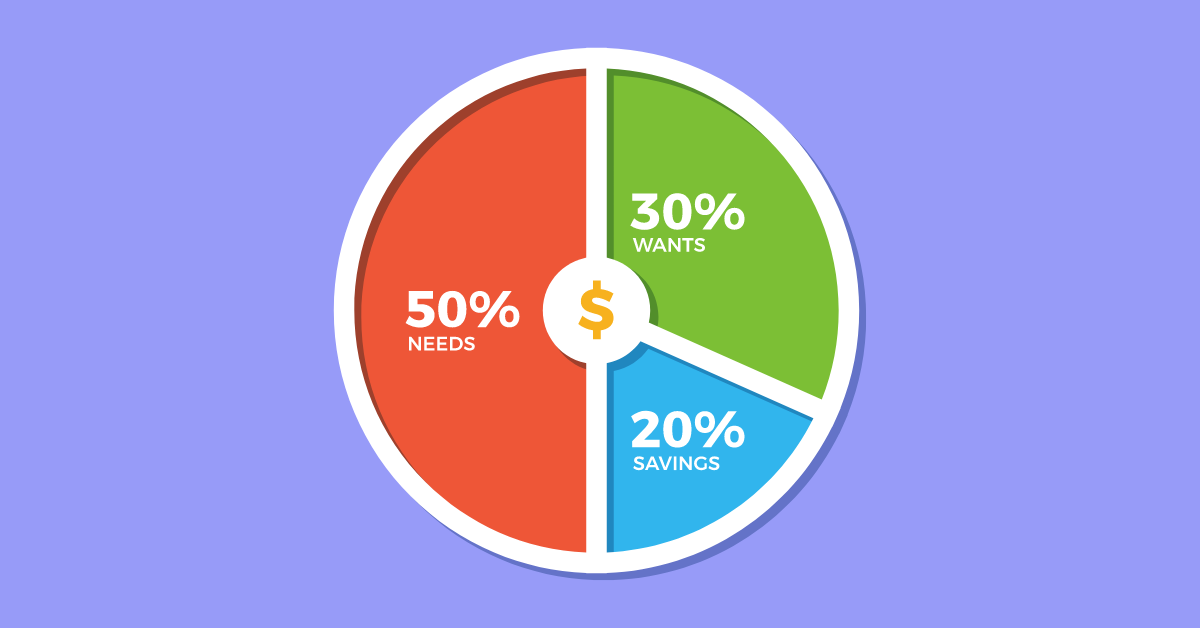There are various ways to evaluate the stock, and market capitalisation is one of them. Market capitalisation is calculated by multiplying the company’s outstanding shares by the current stock price and represents the market value of a company’s outstanding shares.
However, it does not represent a clear picture of how many shares can be traded by the general public. There comes the concept of free-float market capitalisation.
This article covers the meaning and concept of free-float market capitalisation, its example, advantages and implications.
What is Free-Float Market Capitalisation?
Market capitalisation considers a company’s total outstanding shares. However, all outstanding shares are not freely traded in the market, as some are privately held and restricted from trading publicly. Free-float market capitalisation only considers free-float shares and excludes those shares which are restricted from trading publicly.
Here is the list of shares excluded from the free-float market cap.
- Shareholding of promoter and promoter group
- Government holding in the capacity of the strategic investor
- Shares held by promoters through ADR/GDRs
- Strategic stakes by corporate bodies
- Investments under the FDI category
- Equity held by associate/group companies (cross-holdings)
- Employee Welfare Trusts
- Shares under the lock-in category.
Free-Float Market Capitalisation Formula
Free-float market capitalisation = (Total outstanding shares – Restricted shares) * Current stock price
Understanding Free-Float Market Capitalisation
The free-float factor or free-float percentage is an important number that investors may consider in determining whether the stock is suitable for their portfolio. Here is the formula to calculate the free-float percentage.
Free-float percentage = Number of shares available for trading / Total number of outstanding shares
If the free-float percentage is 80%, 80% of the company’s shares are available for trading and 20% are restricted to the general public. It also means that only 80% of shares have a role in determining the stock price.
A lower free-float percentage may indicate higher volatility as their prices may easily get influenced by large trades. However, a higher free-float indicates that more shares freely float in the market, and influencing their prices is relatively tougher.
Example of Free-Float Market Capitalisation
Suppose a company has a total of 5,00,000 outstanding shares, out of which promoters own 50,000, the group companies hold 40,000 shares, and the government owns 10,000 shares. The stock is currently trading at ₹100.
Then, its full market capitalisation = 5,00,000 * ₹100 = ₹5,00,00,000
However, its free-float market cap = (5,00,000 – 50,000 – 40,000 – 10,000) * ₹100 = ₹4,00,00,000
It is because only 4,00,000 shares were available for trading.
Here are real-world examples of the free-float market capitalisation of some large-cap companies (top 100 companies according to market cap) as of September 25, 2022.
| Company name | Full market capitalisation (₹ in crore) | Free-float market capitalisation(₹ in crore) |
| Reliance Industries | 16,50,410.42 | 8,41,678.06 |
| Tata Consultancy Services | 10,91,421.84 | 3,08,861.17 |
| Infosys | 5,74,473.65 | 4,99,819.77 |
| HDFC Bank | 8,05,694.57 | 6,34,390.02 |
| Bajaj Finance | 4,54,677.35 | 1,99,982.11 |
Advantages of Free-Float Market Capitalisation
- The free-float market cap may give a clearer picture to investors of how many shares can affect the stock prices. It may give an idea about probable stock price volatility as stocks with more floating shares are likely to have lower volatility.
- It may also give an idea about the voting rights and power retail investors hold in the company, i.e. Higher the free-float percentage, the higher the voting power and vice versa.
Implications of Free-Float Market Capitalisation
The primary implication of free-float market capitalisation is in calculating index value. The constituents in benchmark indices and their weights in indices are decided based on free-float market capitalisation, i.e. the company having the highest number of floating shares has the highest weightage in the indices and vice versa.
Final Thoughts
Market capitalisation gives an idea about the market value of a company’s shares. Free-float market capitalisation clearly represents how many shares can be traded by the general public and impact the stock price. It is important to pick stocks after checking their free-float market cap.
With WealthDesk, you can have a rewarding and hassle-free investment journey as it enables you to invest in WealthBaskets. WealthBaskets are combinations of stocks and ETFs that reflect an investment idea, theme, or strategy and are built and managed by SEBI-registered professionals.
FAQs
The free-float market cap would never exceed the total market cap as it excludes privately held shares counted in the total market cap.
The primary difference between market cap and free-float market cap is that the total market cap considers the total number of outstanding shares. In comparison, the free-float market cap considers only those shares that are actually available to the general public for trading.
The perception of a good free-float percentage differs among investors/traders. Some may prefer a low free-float percentage, while others may pick higher free-float stocks.
Free-float market cap gives the investors an idea about the volatility of the concerned stock. The stocks and their weightage in benchmark indexes are also decided based on a free-float market cap.


















